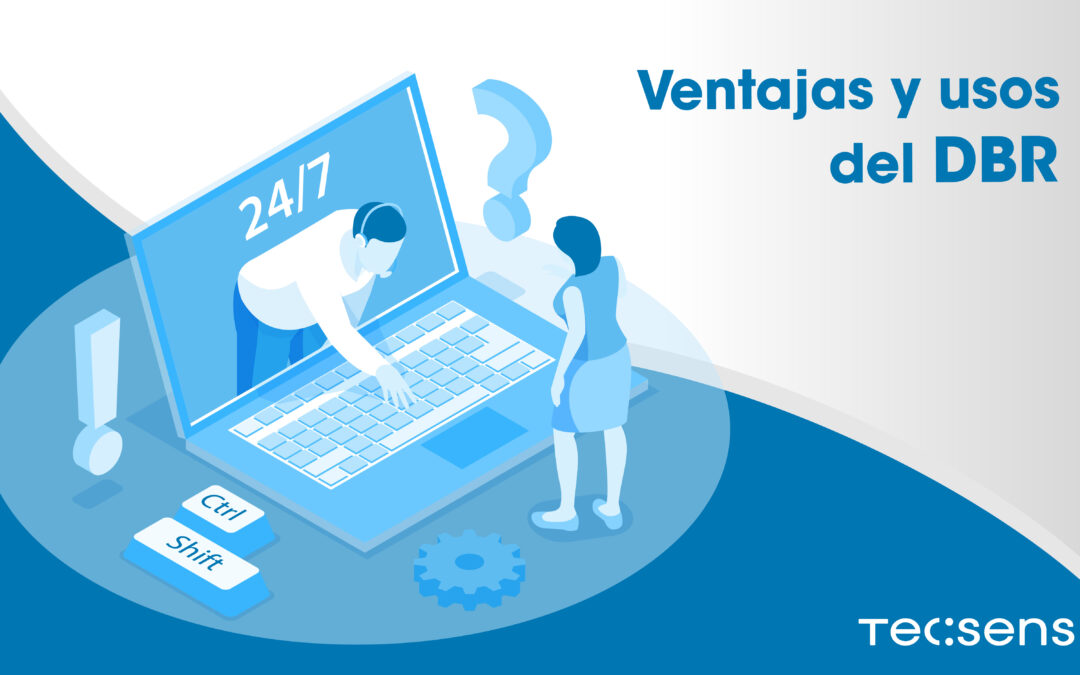In the constant race to adapt Call and Contact Center companies to the current needs of customers, the DBR (Dynamic Business Router) appears, a module that provides companies with the so-called “business intelligence”. The DBR has many advantages and uses.
What is DBR?
The DBR is a module that allows intelligent routing , achieving a distribution to the agents at the right time in addition to other advanced functionalities. This allows you to make a strategy that defines the campaign to be carried out and all the parameters with which it must count. Especially the way in which the interaction with the client is proposed.
Advantages of DBR
- Intelligent routing, this allows to optimize the waiting time of the client and thus offer an excellent customer experience.
- Distribution to agents
- Achievement of objectives
- Visibility and control
- Multichannel
Uses of DBR
The DBR attributes policies to each campaign, from the beginning, routing, distribution to agents, prioritizing the most important ones. Therefore, if the strategies developed are adjusted to the campaigns (objectives, times, agents etc.). The DBR will be the perfect tool for improving customer service and attention by also reducing the “agent burn-out”. Let’s look at some clear examples :
–Administration and management of queue calls to distribute interactions and prioritize based on the objectives proposed to meet in the most optimal way possible.
-The DBR also has the ability to take calls and pass them to the queue that is configured. This means that while the client is informed by a locution of the waiting time.
-Thanks to the ”skill-based routing” you can define the skills of each agent so that the interaction with the client is as appropriate as possible. This will improve the customer experience, since each of them will be attended by the agent that best suits the skills they need. For example, if a client needs the agent to speak French, the skill will search for the French word among the skills and pass the call to the agent who meets this requirement.
–Establishment of interaction sharing policies that campaign managers can carry out to distribute interactions among their agents or specifically manage calls in a possible saturation of queues.
-In types of campaign where more than one communication channel comes into play, the DBR is able to analyze the content of an interaction such as an email, a tweet to give it priority and assign it to the right agent to solve it.
-The DBR is capable of generating dynamic locutions through predefined texts or generated thanks to speech recognition , the system can interact with the client, request information and recognize what he says with the voice. This can be very useful for a waiting call where the system can request data from the client, the reason for the query etc. that will help the agent to have certain data that will save time for both.
-Another way to optimize campaign performance through DBR is automatic response detection (AMD), very important for outgoing campaigns since all contacts passed to the agent will be valid calls.




